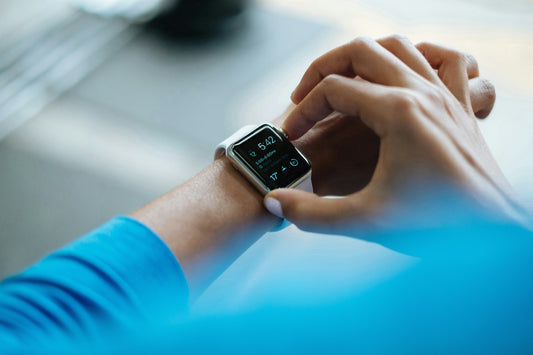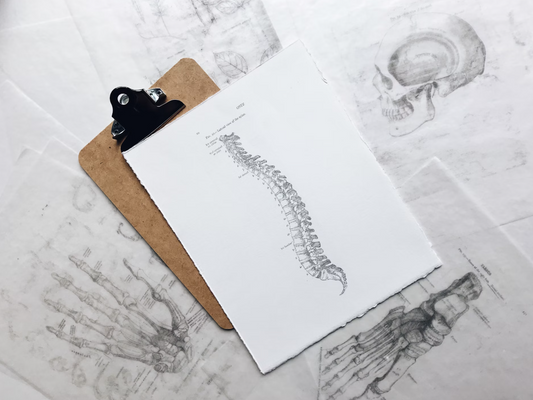As we age, our bodies undergo various changes, and one of the most noticeable is how we breathe during physical activity. Breathing, an automatic process we often take for granted, can feel more labored as we get older, especially during exercise. But why does aging affect breathing, and what can you do to stay active and healthy? This article explores the relationship between aging and respiratory health, the challenges it poses during exercise, and actionable tips to maintain your endurance and vitality.
How Aging Impacts Breathing
Aging brings about structural and functional changes in the respiratory system. These changes can affect how efficiently your body takes in oxygen and expels carbon dioxide, making breathing feel harder during exertion.
Key Changes in the Respiratory System with Age
-
Decreased Lung Elasticity:
Over time, lung tissue loses its elasticity, making it harder to fully expand and contract. This reduces the total lung capacity and the amount of air you can take in with each breath. -
Weakening of Respiratory Muscles:
The diaphragm and intercostal muscles (muscles between your ribs) play a critical role in breathing. Aging can weaken these muscles, decreasing their ability to support deep breathing. -
Reduced Oxygen Exchange Efficiency:
The tiny air sacs (alveoli) in the lungs, where oxygen and carbon dioxide exchange occurs, may deteriorate with age, reducing oxygen intake. -
Stiffened Ribcage:
The cartilage in the ribcage can become less flexible, limiting chest expansion and restricting lung capacity during exercise. -
Diminished Respiratory Reflexes:
Aging affects how quickly your body detects and responds to changes in oxygen and carbon dioxide levels, which can slow adjustments during physical exertion.
The Challenges of Breathing During Exercise
As your respiratory system changes with age, you may notice:
- Shortness of Breath: Activities that once felt easy may now leave you gasping for air.
- Lower Stamina: Reduced oxygen delivery can lead to quicker fatigue.
- Difficulty Recovering: Catching your breath after intense activity may take longer.
These challenges don’t mean you need to slow down completely—they simply require a smarter approach to exercise and breathing.
How to Support Your Breathing as You Age
1. Focus on Breathing Techniques
Learning proper breathing methods can enhance oxygen intake and reduce the sensation of breathlessness.
- Practice deep belly breathing to strengthen the diaphragm and maximize lung capacity.
- Inhale deeply through your nose, allowing your belly to rise, then exhale fully through your mouth.
- Use this technique to slow your breathing and improve oxygen exchange during exercise.
- Inhale through your nose and exhale slowly through pursed lips, aiming for the exhale to last twice as long as the inhale.
2. Incorporate Aerobic Exercise
Regular cardiovascular exercise improves lung function and strengthens respiratory muscles. Activities like walking, swimming, and cycling are excellent choices for older adults.
- Start Slow: Begin with low-intensity activities and gradually increase duration and intensity as your stamina improves.
- Include Intervals: Alternate between moderate and low intensity to build endurance without overtaxing your lungs.
3. Strengthen Respiratory Muscles
In addition to general exercise, specific respiratory training can improve breathing efficiency.
- Breathing Resistance Devices: Tools like inspiratory muscle trainers provide gentle resistance as you inhale, helping to build strength in respiratory muscles. e.g., POWERbreathe
- Yoga and Pilates: These practices emphasize breath control and strengthen core muscles, which support better breathing.
4. Improve Posture
Good posture enhances lung expansion by giving your diaphragm and ribcage room to function optimally.
- Practice exercises like chest openers and shoulder rolls to counteract the effects of slouching.
- Maintain an upright posture during exercise to allow for deeper breaths.
5. Stay Hydrated
Proper hydration keeps the mucus membranes in your airways moist, making it easier to breathe, especially during exercise.
6. Monitor Air Quality
Environmental factors like pollution and allergens can make breathing harder, particularly for older adults.
- Exercise indoors on days with poor air quality or extreme temperatures.
- Use air purifiers to maintain clean indoor air.
When to Seek Medical Advice
While some changes in breathing are natural with age, certain symptoms may indicate an underlying issue that requires medical attention:
- Persistent shortness of breath, even at rest.
- Wheezing or coughing during exercise.
- Frequent respiratory infections.
- Chest pain or discomfort during physical activity.
Consult your doctor for a thorough evaluation if you experience any of these symptoms. They may recommend lung function tests, medications, or specific therapies to support your respiratory health.
The Benefits of Maintaining Respiratory Fitness
Staying active and managing your breathing can bring a host of physical and mental benefits:
- Increased Stamina: Improved lung function allows you to sustain physical activity for longer.
- Enhanced Oxygen Delivery: Your muscles and brain receive more oxygen, boosting energy and focus.
- Better Recovery: Efficient breathing helps you bounce back faster after exercise.
- Reduced Stress: Mindful breathing techniques calm the nervous system and reduce anxiety.
Conclusion
Aging may naturally affect your breathing, but it doesn’t have to limit your ability to enjoy exercise and stay active. By understanding the changes in your respiratory system and adopting strategies like breathing exercises, posture improvement, and regular aerobic activity, you can maintain your endurance, improve your health, and continue to lead an active lifestyle.
Remember, your breath is a powerful ally—keep it strong, and it will support you through every stage of life.




